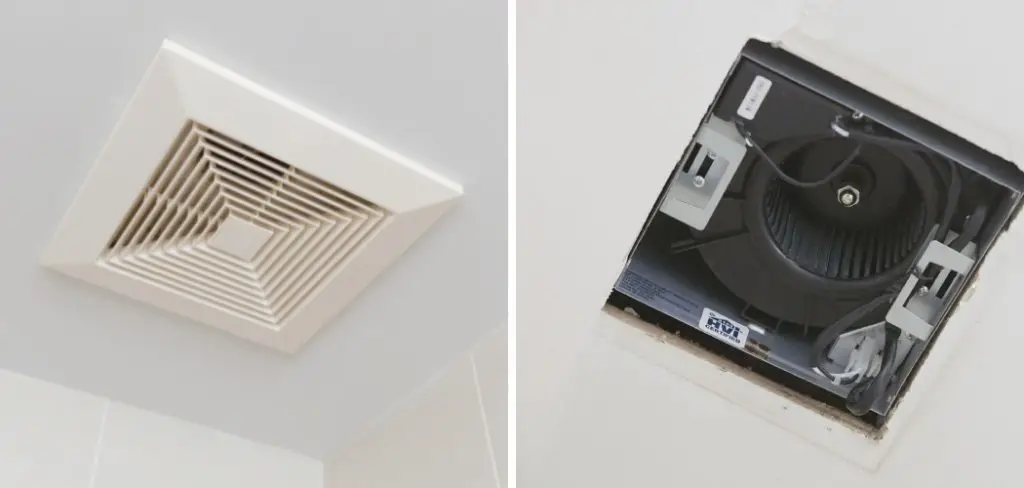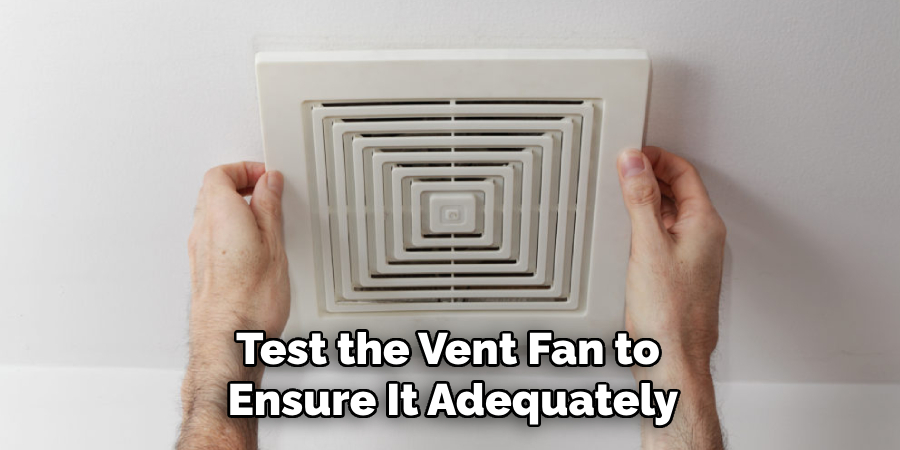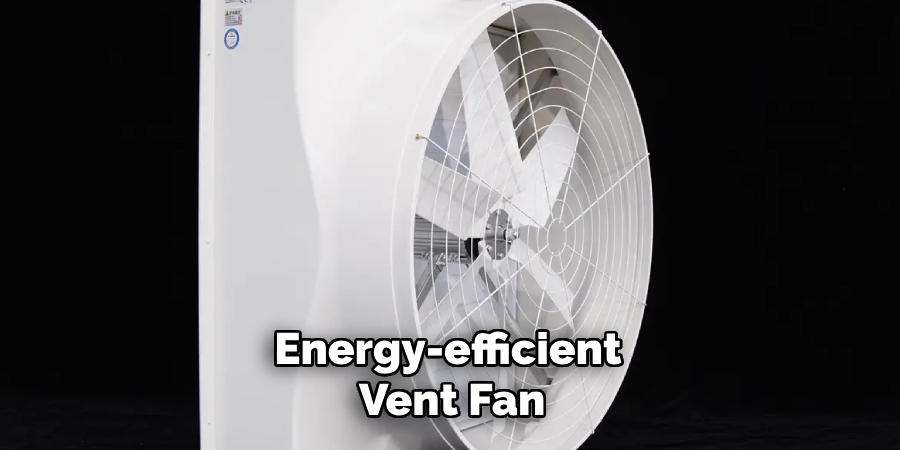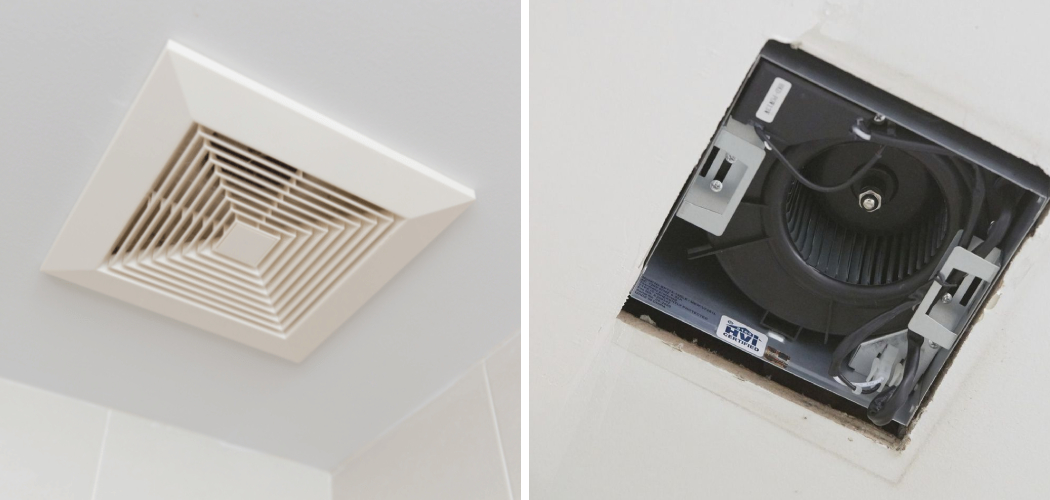Proper ventilation is essential for maintaining a healthy and comfortable bathroom environment. Without adequate airflow, moisture can linger, leading to issues such as mold growth, unpleasant odors, and potential damage to walls and fixtures. Sizing a bathroom vent fan correctly is a critical step in ensuring efficient moisture removal and air circulation. This guide will help you determine how to size a bathroom vent fan, promoting a fresher and safer bathroom.

Why Correct Sizing Matters
Choosing the right size for your bathroom vent fan is crucial for ensuring optimal performance. An undersized fan may fail to effectively remove moisture and odors, leading to humidity buildup, which can cause mold growth and structural damage over time. On the other hand, an oversized fan can be unnecessarily noisy and consume more energy than needed, resulting in higher utility costs.
Proper sizing ensures that the fan operates efficiently, maintaining good air quality, protecting your bathroom from potential damage, and enhancing overall comfort. Investing time in correctly sizing your vent fan is a small step that yields long-term benefits for your home.
Understanding Bathroom Vent Fan Ratings
When selecting a bathroom vent fan, it’s essential to familiarize yourself with the key ratings that determine its performance. The two primary metrics to consider are the fan’s airflow capacity, measured in cubic feet per minute (CFM), and its sound level, measured in sones. The CFM rating indicates the volume of air the fan can move in a minute, which directly correlates to its effectiveness in ventilating the bathroom.
Larger bathrooms require higher CFM ratings to ensure proper ventilation. Meanwhile, the sone rating reflects the noise level of the fan during operation. Fans with lower sone ratings operate more quietly, which is important for creating a comfortable and peaceful environment. Understanding these ratings will help you choose a fan that fits both the size of your bathroom and your personal preference for noise levels.
10 Methods How to Size a Bathroom Vent Fan
1. Measure the Bathroom’s Square Footage
The first step in sizing a vent fan is to measure the bathroom’s square footage. Use a measuring tape to determine the length and width of the space. Multiply these two dimensions to calculate the total square footage. This measurement forms the basis for determining the appropriate fan capacity.
2. Calculate the Required Airflow (CFM)
Bathroom vent fans are rated by their airflow capacity in cubic feet per minute (CFM). A general rule of thumb is to provide at least 1 CFM per square foot of bathroom area. For example, a bathroom measuring 50 square feet requires a fan with a minimum capacity of 50 CFM. Adjust this figure based on other factors like ceiling height and additional features.
3. Account for Ceiling Height
If your bathroom has a ceiling higher than the standard 8 feet, you’ll need to increase the fan’s capacity to account for the additional volume of air. Multiply the bathroom’s square footage by the actual ceiling height, then divide by 8 to adjust the required CFM. This ensures the fan can adequately ventilate the entire space.

4. Include Ventilation for Enclosed Areas
If your bathroom includes enclosed spaces such as a separate toilet room or shower stall, consider these areas when sizing the fan. Add 50 CFM for each enclosed section to ensure proper ventilation throughout the bathroom. Installing multiple fans may also be an option for larger or segmented layouts.
5. Consider Fan Placement
The placement of the vent fan impacts its effectiveness. Position the fan near the primary source of moisture, such as the shower or bathtub. Proper placement allows the fan to capture steam and humidity more efficiently, reducing the overall demand on its capacity.
6. Evaluate Existing Ductwork
The length and condition of your ductwork can influence the required fan size. Long or convoluted duct runs reduce airflow efficiency, necessitating a higher CFM rating to compensate. Additionally, ensure that the duct diameter matches the fan’s specifications to prevent performance issues.
7. Factor in Noise Levels (Sones)
While sizing focuses on airflow capacity, noise level is an essential consideration for user comfort. Vent fan noise is measured in sones; lower ratings indicate quieter operation. Choose a fan with a low sone rating (1.5 or less) for a peaceful bathroom experience without compromising ventilation efficiency.
8. Assess Additional Features
Modern bathroom vent fans often come with extra features such as integrated lighting, heaters, or humidity sensors. These features can enhance functionality but may affect the fan’s performance. Ensure the fan’s CFM rating remains adequate for the bathroom size, even with these additional capabilities.
9. Follow Local Building Codes
Check your local building codes for specific requirements regarding bathroom ventilation. Many codes mandate minimum CFM ratings based on bathroom size or require venting directly to the outdoors. Adhering to these regulations ensures compliance and optimal performance.
10. Test and Adjust as Needed
Once installed, test the vent fan to ensure it adequately removes moisture and odors. If the fan struggles to keep the bathroom dry or if condensation persists, consider upgrading to a higher-capacity model. Regular maintenance, such as cleaning the fan and ducts, also improves efficiency and extends the fan’s lifespan.

Things to Consider When Choosing a Bathroom Vent Fan
When selecting the right bathroom vent fan, several factors must be carefully evaluated to ensure optimal functionality, durability, and suitability for your specific needs. Here are some important considerations:
- Bathroom Size
The size of your bathroom directly determines the required CFM rating of the fan. Use the measurements and calculations outlined earlier to accurately match the fan’s capacity to the space’s needs.
- Noise Levels
A quiet fan is critical for comfort, especially in bathrooms used frequently or located near bedrooms. Look for fans with low sone ratings to maintain a tranquil environment.
- Energy Efficiency
Choose an energy-efficient vent fan to reduce long-term utility costs without sacrificing performance. Many energy-efficient models are ENERGY STAR certified, signaling they meet stringent energy-saving standards.
- Installation Requirements
Assess your current ductwork and electrical setup to determine the feasibility of the new fan installation. Some fans may require professional installation, especially if your bathroom lacks existing ventilation.
- Extra Features
Decide if you need additional features like integrated LED lighting, heaters, or humidity sensors. While these can enhance convenience and functionality, ensure they align with your budget and specific requirements.
- Durability and Build Quality
Select a fan built with high-quality materials resistant to humidity and corrosion. Longevity is key to avoiding frequent replacements and ensuring consistent performance.
- Aesthetic Appeal
Consider the fan’s design and how it complements the overall style of your bathroom. Many modern fans come in sleek designs that blend seamlessly with different décors.

- Brand Reputation and Warranty
Choose a fan from a reputable brand known for reliability and performance. Additionally, check the warranty terms for added peace of mind.
By keeping these factors in mind, you can confidently choose a bathroom vent fan that meets your functional and aesthetic needs, ensuring proper ventilation and a comfortable environment for years to come.
Common Mistakes to Avoid
When selecting and installing a bathroom vent fan, it’s important to avoid common pitfalls that could compromise its performance and longevity. Here are some mistakes to watch out for:
- Choosing the Wrong CFM Rating
Buying a fan with a CFM rating that’s too low for your bathroom size will result in inadequate ventilation. On the other hand, an overly powerful fan may be unnecessary and noisy. Always calculate the required CFM based on your bathroom’s size and layout.
- Neglecting Proper Ductwork
Poor ductwork, such as long, convoluted runs or incorrect duct sizes, can drastically reduce airflow efficiency. Ensure that the duct is the right size for the fan and minimize bends or obstructions to maintain optimal performance.
- Incorrect Placement of the Fan
Installing the fan far from the primary source of moisture, like the shower or bathtub, reduces its effectiveness in removing steam and humidity. Proper placement ensures better airflow and prevents moisture buildup.
- Overlooking Noise Levels (Sones)
Opting for a fan without considering its noise level can result in an uncomfortably loud bathroom. Look for a fan with a low sone rating to avoid disrupting the tranquility of your space.
- Failing to Vent to the Outdoors
Venting the fan into the attic or another closed space instead of outdoors is a critical mistake. This can lead to moisture buildup, mold growth, and structural damage. Always vent through the roof or an exterior wall as per building codes.
- Ignoring Energy Efficiency
Choosing a fan without considering energy efficiency can lead to increased utility bills over time. Look for ENERGY STAR-certified models to save energy while maintaining good performance.
- Skipping Maintenance
Over time, dust and debris can accumulate in the fan and ducts, reducing efficiency and potentially causing the motor to overheat. Regularly clean and maintain your fan to ensure it works effectively.

Conclusion
A well-chosen and properly installed bathroom vent fan is essential for maintaining a healthy, comfortable, and functional space. By understanding the factors that influence performance, such as CFM ratings, noise levels, energy efficiency, and proper placement, you can ensure optimal ventilation while minimizing potential issues like mold, mildew, and structural damage. Thanks for reading our blog post on how to size a bathroom vent fan! We hope you found it helpful and informative.

